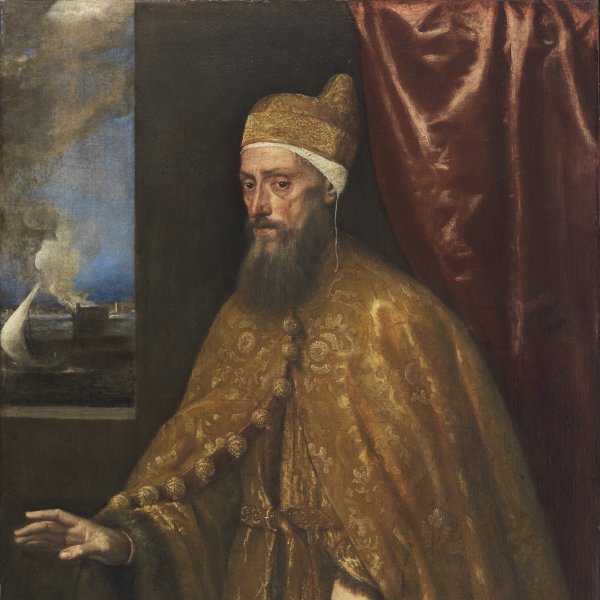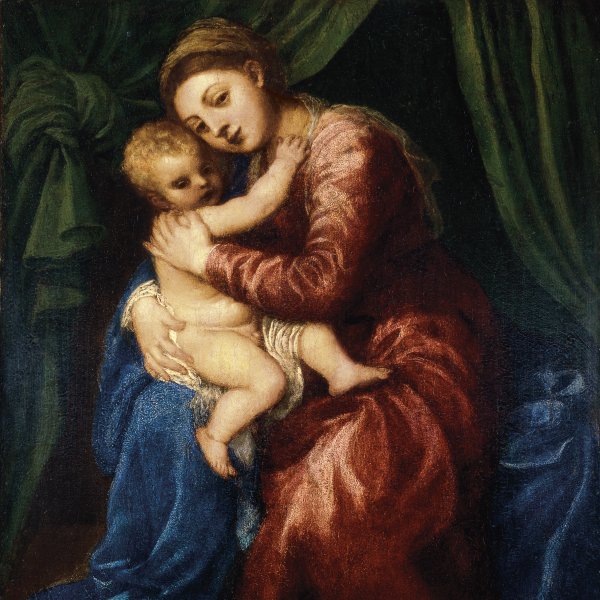Portrait of Antonio Anselmi
The present portrait was first published in 1905 in an article by Freidrich Rintelen. Rintelen supplied the name of the sitter, which at that date was identifiable from an old inscription on the back of the painting, now lost. This inscription also stated the sitter’s age to be 38 and gave the name of the artist.
Between 1906 and 1909 the canvas was in the Berlin collection of W. von Dirksen. During this time it was lent to two exhibitions held in 1906 and 1909 at the Kaiser-Friedrich Museum in Berlin. It was subsequently in the possession of the F. Steinmeyer gallery in Lucerne in 1927 and the Haberstock gallery in Berlin in 1928, and was acquired from the latter by Baron Heinrich Thyssen.
The painting dates from the 1550s, the decade that marks the start of Titian’s final phase. At the end of that decade, in 1558, his most important client — Charles V — died, followed by the artist’s brother Francesco the following year. However, this period also saw the start of his relationship with Philip II of Spain. Artist and monarch corresponded and Titian sent Philip works from Venice.
Antonio Anselmi (1512-ca. 1568) was Bolognese by origin. A scholar and friend of Benedetto Varchi, he worked as secretary to Cardinal Pietro Bembo (the subject of a portrait by Titian now in the National Gallery of Art, Washington). Later he entered the service of Bishop Ludovico Beccadelli (also portrayed by Titian in a work in the Uffizi). Anselmi was also a poet and author and corresponded with Pietro Aretino.
As Wethey noted, this canvas corresponds stylistically to Titian’s work of the 1550s. At this period the artist generally presented his sitters in three-quarter format rather than half-length as we see here, and Wethey noted that this choice may be directly related to the particular requirements of the present commission. The painting was left unfinished, as can be seen at the lower right corner in which Anselmi leans his left arm on an undefined area. Titian focuses all his attention on the face, which is highly finished and emerges from the background into which the clothing, hair and beard almost disappear. Only the white of the collar and the fur trim around it stand out and function to emphasise the features still further, particularly Anselmi’s gaze. Overall, as critics have noted, Titian’s portrait achieves a superb characterisation with enormous economy of means.
Some years later Tintoretto also painted this sitter, this time in three-quarter format in a landscape and dressed as a Venetian Senator. That painting is now in Los Angeles County Museum of Art.
Mar Borobia









